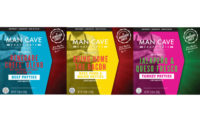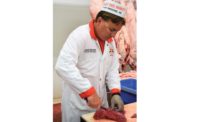After a year of trying to come up with recipes, my wife and I have become largely burned out. We’ve perused through our old cookbooks, bought a couple of new ones and added a couple of new cooking devices to our collection. Coming up with inspiration is tough, not to mention coming up with something that everyone in our family will eat. So we’ve turned to an online meal kit plan that sends the ingredients for four meals to our house every week – there’s no guesswork, no shopping. We pull out a bag from the fridge, and everything we need is right there.
The protein for these meals are packaged separately. The chicken? Raised without antibiotics, the label states. The beef? Grass-fed. The meals themselves are pretty excellent, too. I am by no means a chef, but I can mostly follow a recipe and have it turn out right. If home chefs are pleased by the meals that they make with their antibiotic-free chicken and grass-fed beef, the more likely they are to look for that specific meat when they’re shopping on their own.
The market for niche meat or claims-based meat has always been smaller than that of conventionally raised meat, but the growth rate is usually higher. Consumers may not always be willing or able to buy ground beef or chicken breasts that cost a couple of bucks more than the conventional versions. However, at a time when we’re not able to spend money on concerts, movies or sports games, meals are a place where you can splurge and trade up for a protein of perceived higher quality.
The pandemic has pushed the small processor and niche meat industries into the next level, and the same thing may happen for claims-based meats. High-end meal kits may or may not remain a part of our buying habits once restaurants open up again, but they may have altered the shopping habits of consumers for good.
Sam Gazdziak
gazdziaks@bnpmedia.com





Report Abusive Comment